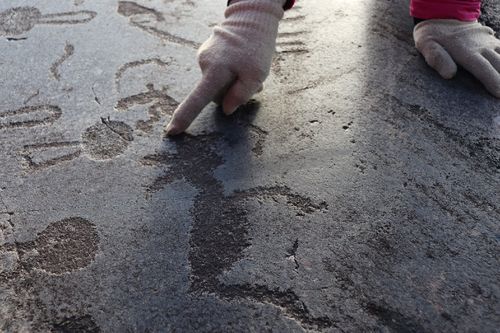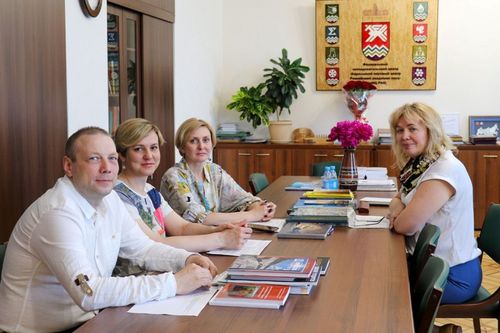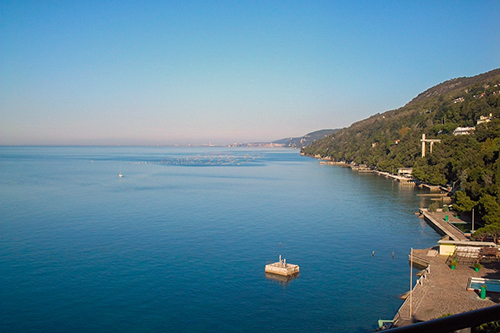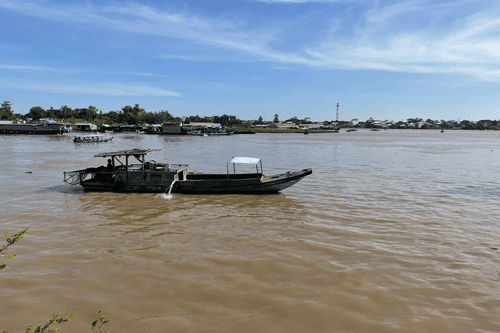Staff of KarRC RAS institutes have a rich background of petroglyph-related research. Scientists have prepared the World Heritage nomination papers. A major contributor to this process was Senior Researcher at the Archaeology Section of the Institute of Linguistics, Literature and History KarRC RAS Nadezhda Lobanova, who has dedicated many years to studying petroglyphs and who keeps discovering new images on rock. KarRC RAS staff have comprehensively surveyed the areas with the unique sites. They produced a description of the territory with petroglyphs and the surrounding landscape and assessed the current and potential threats, including anthropogenic ones.
– The task for us now is to continuously monitor the sites: human pressure, state of natural objects and the rock images themselves. The work will involve specialists in archaeology, geology, hydrology, soil science, botany, landscape science, etc. KarRC RAS research vessels will be used in the surveys. Our mission is to plan for all the arrangements for this regular monitoring for years ahead. The output from this year’s activities will be used to prepare the Republic’s report to UNESCO, – KarRC RAS Director General Olga Bakhmet told.

In particular, specialists from the Northern Water Problems Institute KarRC RAS will study how hydrometeorological conditions have influenced the state of the petroglyphs. Geologists will study the structure, composition, and petrographic characteristics of the rocks on which the petroglyphs had been carved. Experts in botany will assess the current state and the dynamics of the lichen, moss, herbaceous, and dwarf-shrub layers. Forest monitoring includes the analysis of the state of forest ecosystems inside the heritage site and of human activities in the buffer zone forests. Human pressure monitoring includes estimation of visitor numbers and monitoring of wrongdoings.
The research team will meet at KarRC RAS in the nearest future to decide on the schedule and the action plan for the monitoring.
Photos: KarRC RAS Science Communication Office







